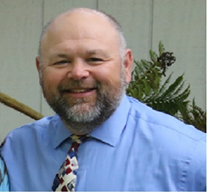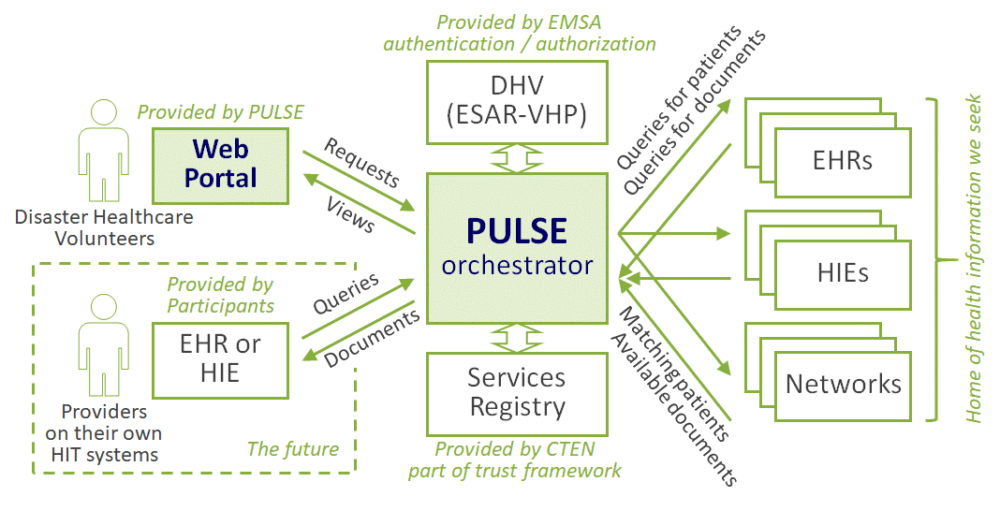By Michael Marchant.
After the disastrous California wildfires, how did the many, many displaced people – separated from their local clinics, doctors’ offices, medical records, even medications – get care? How did providers and first responders treat them, when they only had access to incomplete medical information?
Robert Cotheren, executive director of the California Association of Health Information Exchanges (CaHIE), approached UC Davis Health in spring 2016 about participating in a pilot program with the Emergency Medical Services Authority (EMSA). The pilot would connect the UCD Health and CaHIE electronic health records (EHR) systems with something called PULSE.
PULSE stands for Patient Unified Lookup System for Emergencies. It is a nationwide health IT disaster response platform that can be deployed at the city, county, or state level to authenticate disaster healthcare volunteer providers. PULSE allows disaster workers to query and view patient documents from all connected healthcare organizations.
In spring 2016, the state’s Department of Healthcare Volunteers (DHV) was developing an electronic health records system based on PULSE. The purpose of the pilot was to link UCD Health and CaHIE pilot with the DHV’s system, enabling first-responders and volunteers to enable the sharing of each organization’s available patient data and so provide patient care in the event of a disaster in California. Several other healthcare providers and health information exchanges throughout the state joined in the pilot as well.
Through several months of analysis, meetings, development, and coordinated testing, UC Davis Health was able to connect its EHR (Epic) test environments with the PULSE system and deliver clinical context documents (CCDs), which are the exchange standard for health information exchange and which support the delivery of usable, discrete, and meaningful data. This data would give community healthcare volunteers, in the event of a disaster, access to critical clinical data for patients seen at UCD Health and other participating entities.
At the end of the testing, all systems checked out, and volunteers were able to execute the test plans that delivered patient information from UC Davis Heath to the PULSE system and displayed it in a usable way. At that point, all pilot participants were ready to move the technology into production, in preparation for the next EMS designated emergency. The solution depicted in the graphic was staged in our production environments so we could respond as needed.
The opportunity came too quickly, on October 9, 2017. In response to the devastating fires in Napa, Lake, Sonoma, Mendocino, Butte, and Solano Counties, the California EMSA activated PULSE for the first time. PULSE participants confirmed their production environments were up, ready and connected. As a result, medical personnel were able to access patient records for patients evacuated from hospitals and in shelters. PULSE was deactivated when EMSA began recovery on October 27, 2017. Since that time, PULSE has been activated for other state disasters in California, including the Camp Fire in November 2018, helping to ensure that disaster victims get appropriate and informed medical care.
UC Davis Health participated in the PULSE pilot program because we strongly believe that interoperability and health information exchange are necessary to provide extraordinary care. And in the event of an emergency, providers need the most up-to-date and relevant information to provide appropriate care.
UC Davis Health also believes that, as part of the Northern California healthcare community, it is our duty to serve as an example for all community-based healthcare organizations and continually strive to improve the health of the members of our community.

Michael Marchant is director, System Integration and Health Information Exchange, UC Davis Health.







